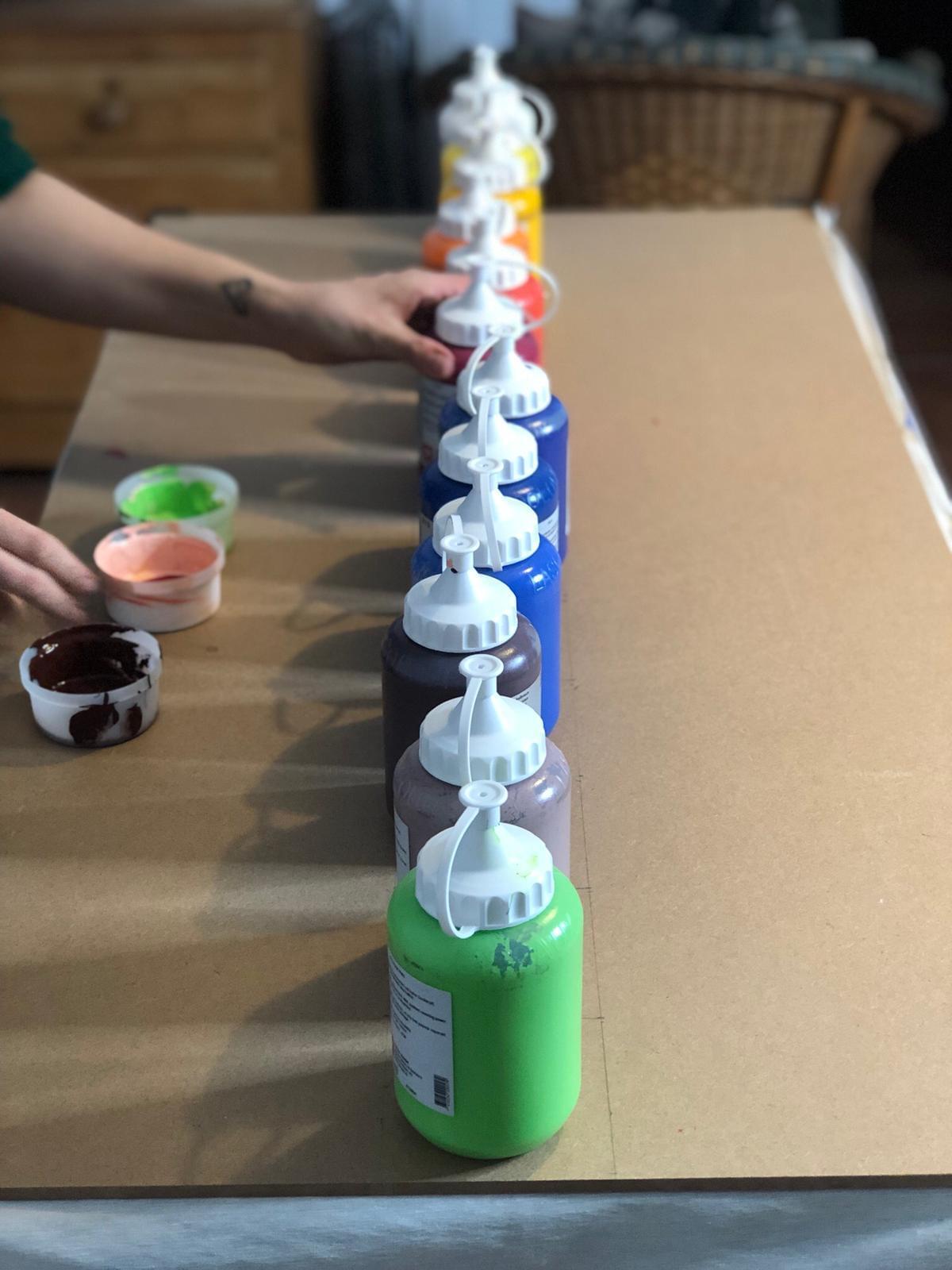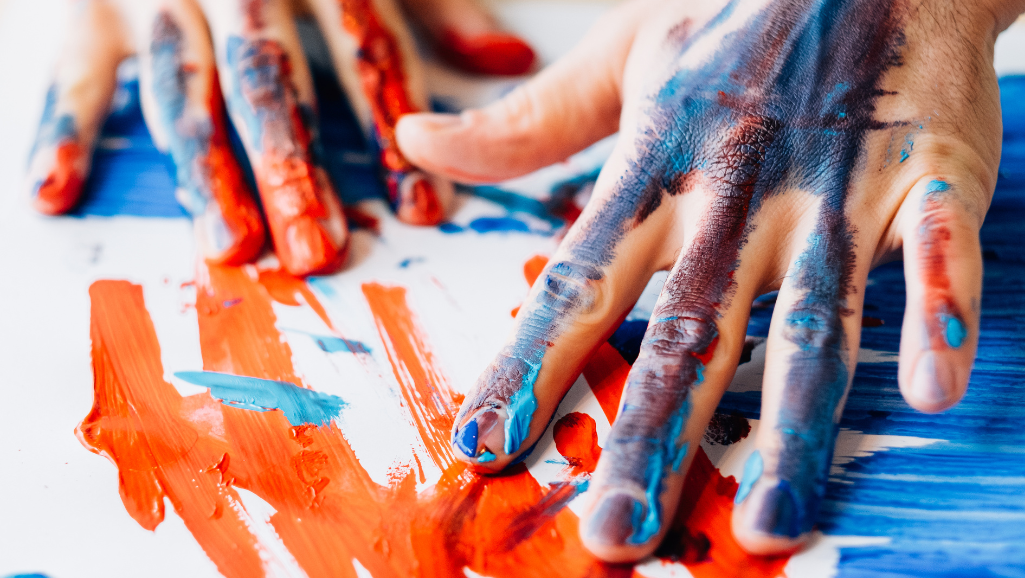
Art Therapy
Art therapy ignites your inner creativity, enhancing your quality of life and well-being.
Through non-verbal communication with your artwork, it activates personal growth and self-healing, making positive change visible.
“Unlocking the Power of Art Therapy: Discover a Journey of Self-Exploration
Person-centred Art therapy is a transformative voyage that places emphasis on unleashing the inner qualities of individuals, rather than dwelling on their challenges. This holistic approach to personal growth seeks to rekindle one’s connection to their unique attributes and individuality.
Through the act of painting, participants confront their fears of making mistakes and falling short of societal expectations. Guided by a supportive art therapist, also known as the ‘painting companion,’ individuals rediscover their inherent talents and gain the confidence to express themselves. As colors flow onto the canvas, new impulses are explored, each marked by a different hue.
With a canvas that spans the wall and the use of high-quality gouache colors, participants have the freedom to stand and let their creativity flow. This creative sanctuary is nurtured through clear guidelines and an appreciative approach, creating a judgment-free ‘Painting Space.’
Solution-Oriented Art Therapy
In line with the insights of psychotherapist Bettina Egger, art therapy facilitates a unique journey where distressing memory images are transformed into peaceful mental pictures. The brain tends to hold onto the most recent image it encounters, and in this process, participants create independent images, metaphors, that bear no relation to their specific concerns.
These metaphors are thoughtfully chosen to align with participants’ emotions, sensations, or thoughts and are translated onto the canvas in their observed or simplified forms. The ultimate goal is to leave a lasting, neutral impression.
When addressing symptoms or distressing experiences in this way, the memory remains intact, but the tormenting feelings and thoughts are gently replaced with a sense of tranquility. Art therapy offers a profound path to self-discovery and emotional healing.
Benefits
Person-centred and Solution oriented Art Therapy by Bettina Egger
Art Therapy can be applied by Children, Teenagers and Adults
Can help with:
- building self-confidence and self-worth
- promoting creativity
- difficult decisions
- children and adolescents with behavioural
- challenges
- family conflicts and relationship challenges
- burnout and emotional upsets
- depressive moods
- sleep disorders and circling of the mind
- Work stress and difficulties at school
- Excessive fears and worries
- Life crises
- Loss and grief
- Addictive behaviors
Process
Sessions are run internationally online per Zoom or in person in Germany, Hamburg, Poppenbüttel.
Schedule a call for more information or schedule a trial session directly.
Trial Sessions are at the cost of a single session
Origin
Person-oriented painting (PM) is a method developed by Bettina Egger, 1943, from Switzerland, with its origin in Arno Stern’s painting game and his painting place.
Arno Stern was Bettina Egger’s teacher. Through him she recognised the power of painting and the importance of the protected painting studio.
After several years of ‘playing’ with children to bring creativity closer to them, Bettina started to paint with adults as well and noticed that adults do not want to ‘play’ painting, but paint to show or represent something.
Thus began her training in art therapy, followed by her training as a Gestalt psychotherapist and her doctorate in psychology.
Bettina Egger also founded the Institute for Humanistic Art Therapy and worked to make it a state-recognised profession, with success.
Where painting, according to Arno Stern, is purely non-verbal and non-therapeutic, PM is a therapy method.
Later, Bettina developed the LOM® method with Jörg Merz.
“The unfolding of creativity, the facilitation of the exchange of the two sides, thus enables new insights, new understanding for the environment as well as for oneself.
Creativity is thus the basis for integration, understanding, expanded life possibilities, in short, for healing.
Painting alone does not necessarily have a healing effect, it is the creative act during painting that brings about change, not merely the technique.” Bettina Egger from ‘The Painted Scream’.
Pricing
Single Session £80 Per 60 mins session, online or offline
Terms: Sign up & pay in full before the start of the session
5 Sessions £389 , 60 mins per session, online or offline. Valid for a year. Flexibility in scheduling
10 Sessions £769, 60 mins per session, online or offline. Valid for a year . Flexibility in scheduling.
Single Session
Single Session
£80 Per 60 mins session, online or offline
Terms: Sign up & pay in full before the start of the session
Package of 5
5 Sessions
£389 , 60 mins per session, online or offline. Valid for a year. Flexibility in scheduling
Package of 10
10 Sessions
£769, 60 mins per session, online or offline. Valid for a year . Flexibility in scheduling.






